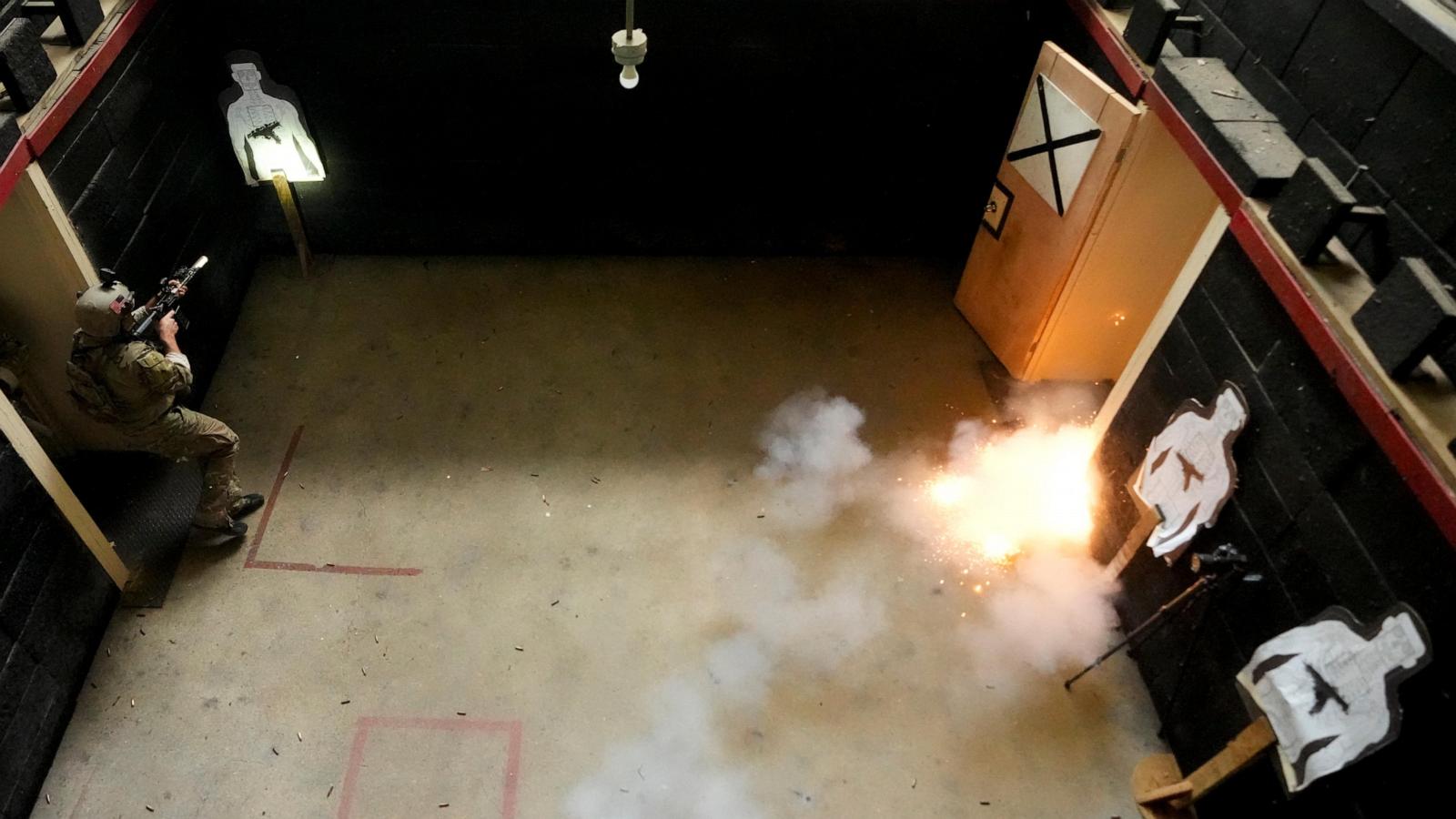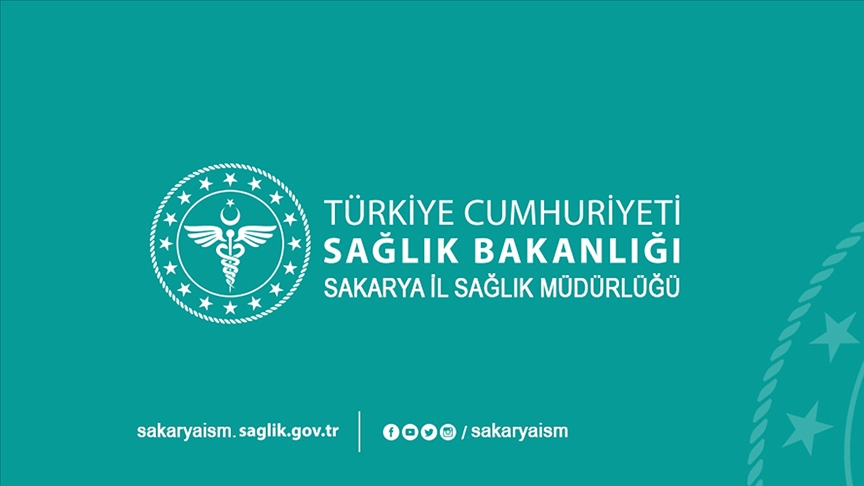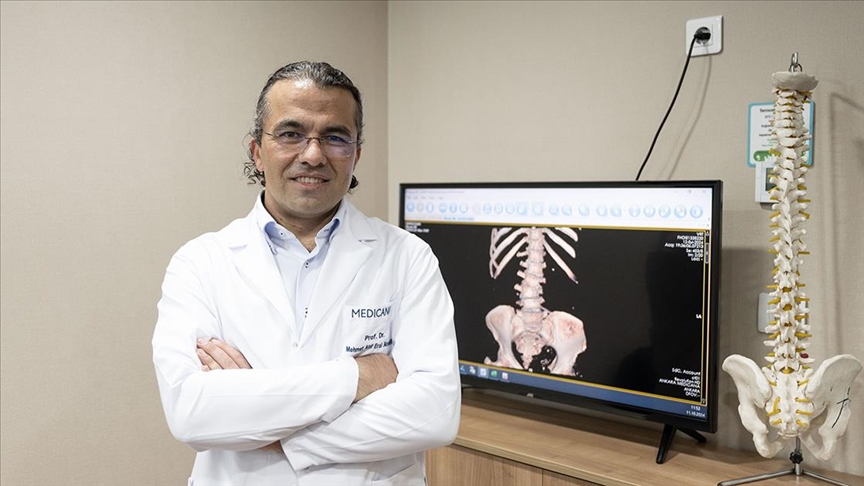
US Military Tests Ways to Shield Troops from Blast-Related Brain Injuries
The clinic world > US Military Tests Ways to Shield Troops from Blast-Related Brain Injuries
Addressing Brain Injuries in U.S. Military
Recent training exercises highlight a significant concern in the U.S. military: the rise of brain injuries caused by explosive blasts. During a recent demonstration, U.S. special operations forces showcased new technologies designed to mitigate these risks. Enhanced testing protocols and innovative blast monitors are being implemented to assess and reduce the impact of blast overpressure on troops' health.
Retired Sgt. Maj. F. Bowling noted the urgency of this issue, as service members eagerly volunteer for studies aimed at understanding blast injuries better. Despite challenges in tracking these injuries, the military recognizes that traumatic brain injuries (TBIs) have been a chronic issue for combat personnel, with over 20,000 diagnosed last year alone.
General Bryan Fenton emphasized the military's commitment to understanding the long-term effects of blast overpressure, which can lead to conditions like insomnia, cognitive decline, headaches, and dizziness. Research collaborations are underway to develop cutting-edge solutions to protect service members.
Specific advancements include the Muchete breaching charge, engineered to reduce blast overpressure by 40-60%. This technology, along with wearable sensors for monitoring blast exposure during training, is being tested rigorously. Furthermore, the Special Operations Command is considering routine neurocognitive assessments throughout a soldier's career to establish a baseline for monitoring health.
The Defense Department is also mandating cognitive assessments for all new recruits, instituting practices to minimize exposure risks during training. These efforts aim to protect military personnel and enhance their operational performance against the backdrop of increasing awareness of brain injury risks.
Source: ABC News

Sakarya Provincial Health Directorate's Statement on Allegations of Negligence in Baby's Death
AA
Minister Memişoğlu: Structural reforms for private hospitals are on our ministry's agenda
AA
Rwanda Reports No Community Transmission of Marburg Virus, Zero New Cases Recently
ABC News











